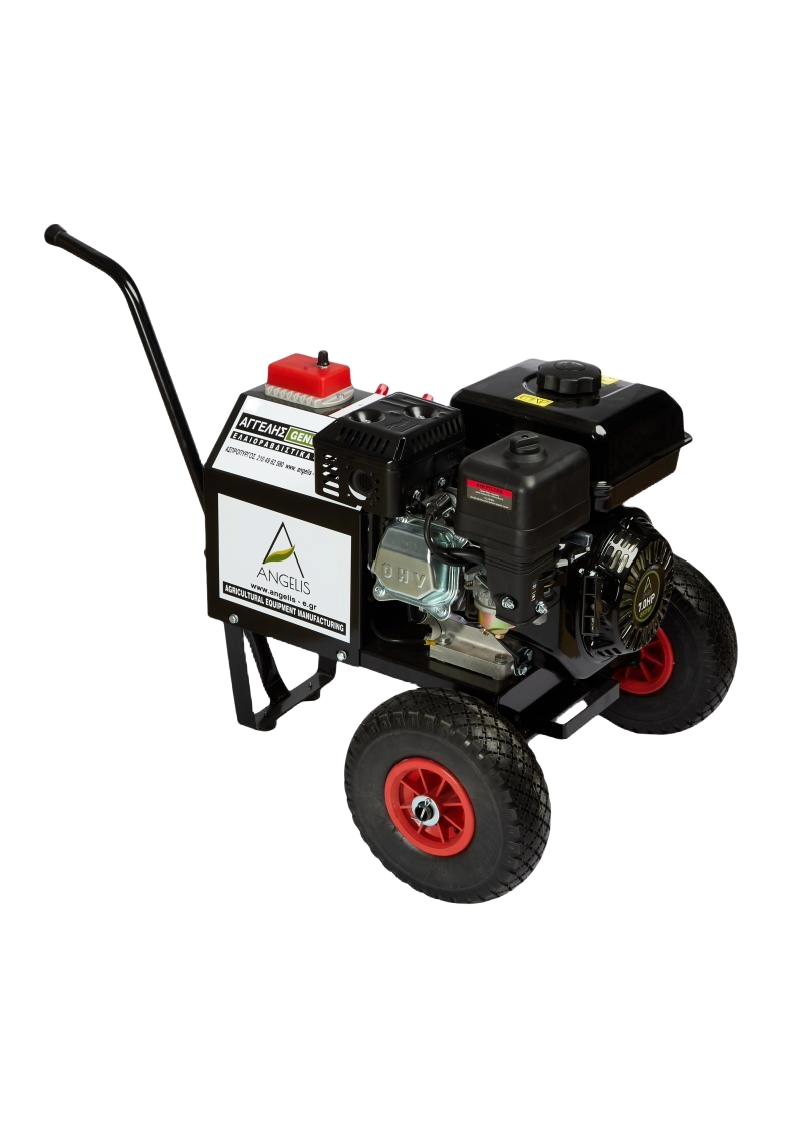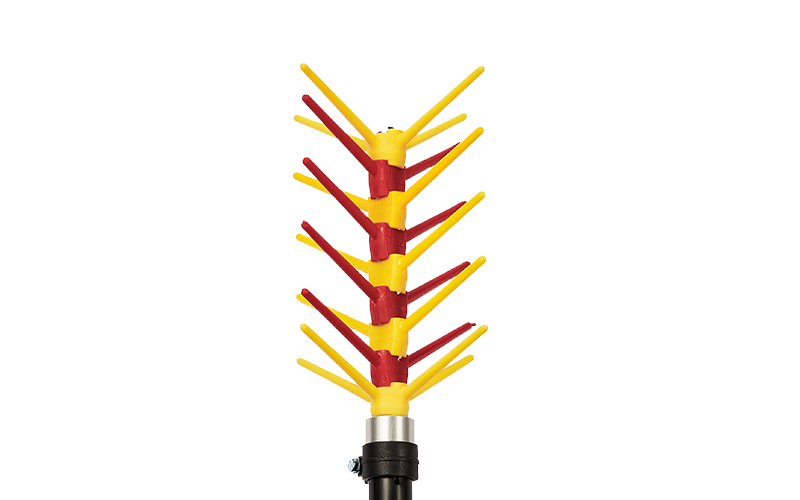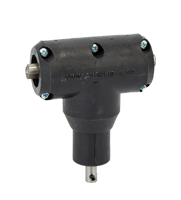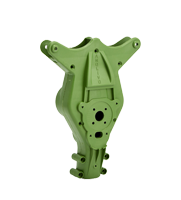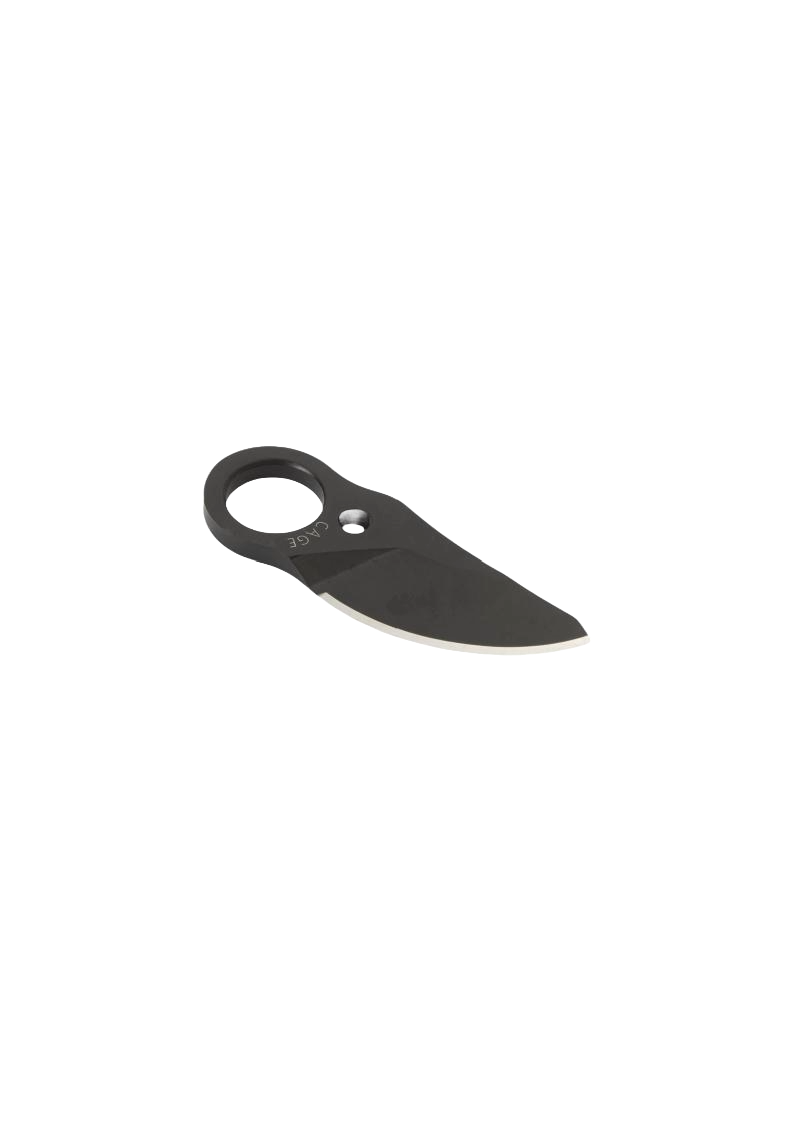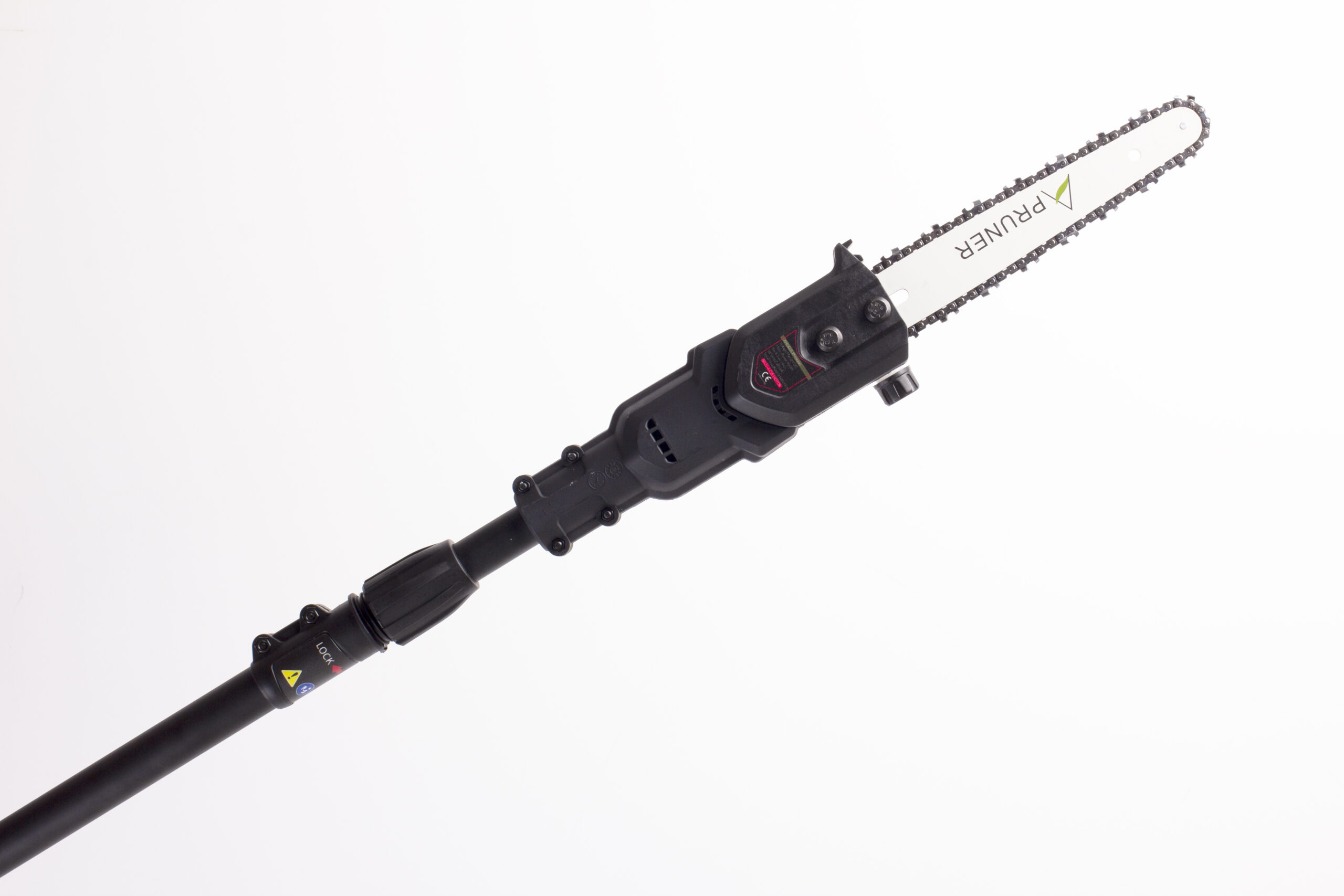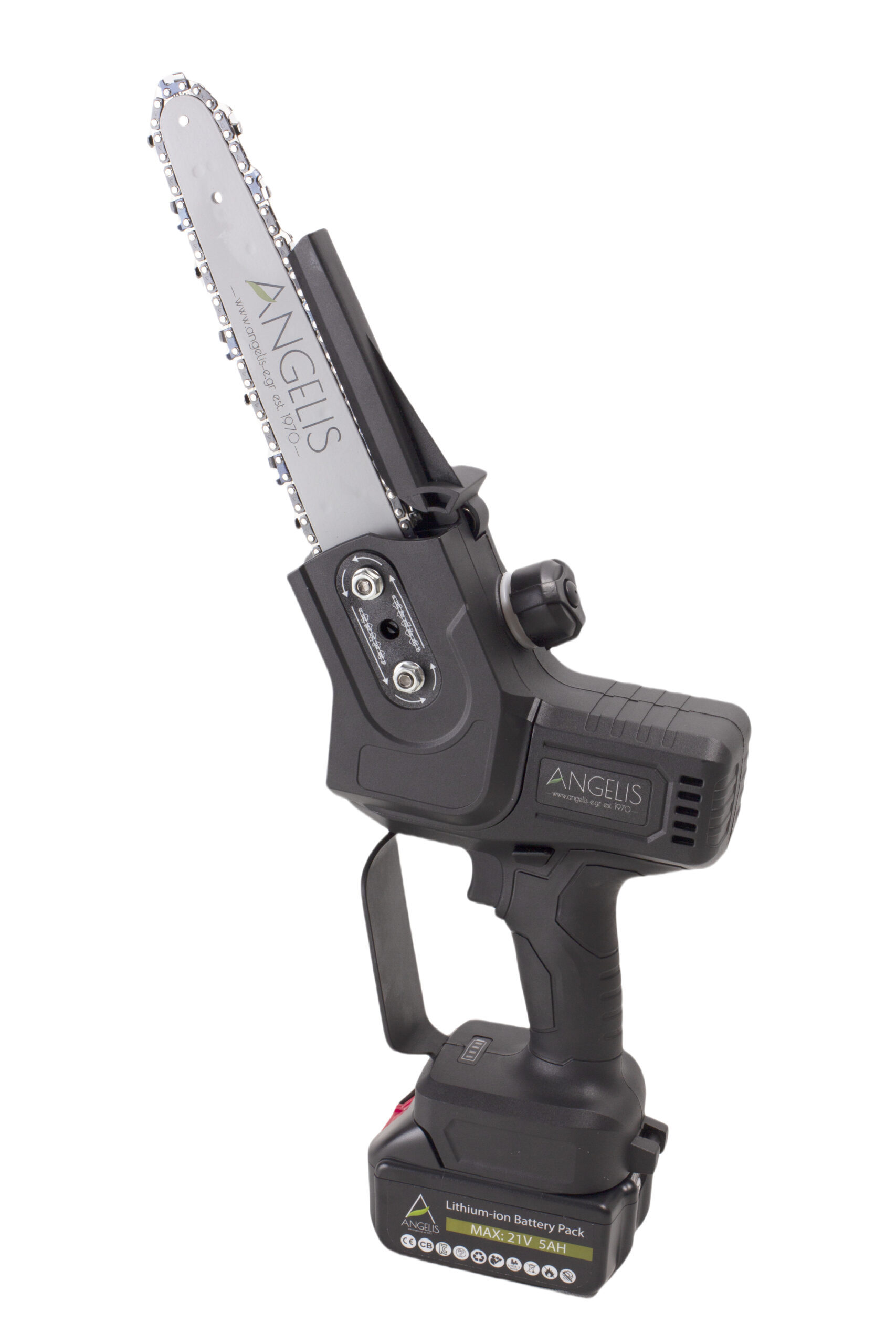Olive Tree Fertilization – when and What Fertilizer to Use
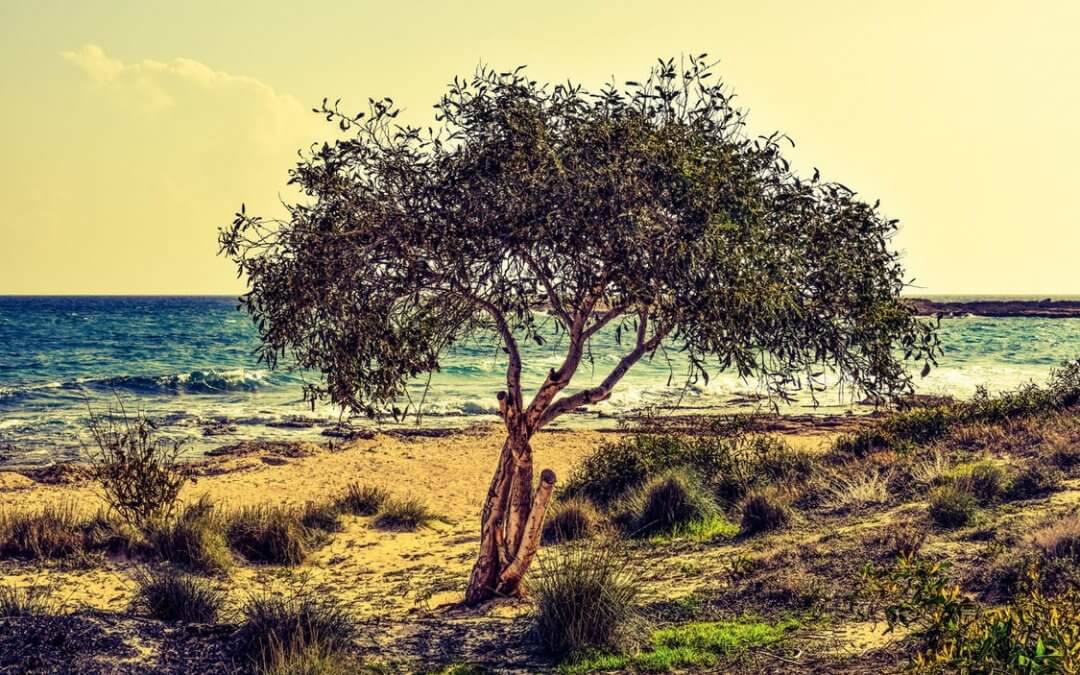
The olive tree, like any plant, needs fertilization every year. The amount of fertilizer, the type of fertilizer, and the timing of application are determined after studying many factors.
Generally, the olive tree primarily requires the following nutrient elements:
NITROGEN (N):
The element needed in large quantities every year. The olive tree almost always responds positively to proper and adequate nitrogen fertilization. It is perhaps the element with the largest quantitative deficiency in olive cultivation.
Effect of nitrogen: It promotes vegetation, fruit set, fruit development, and overall plant growth. Nitrogen (N) as an element circulates in many forms.
Examples of fertilizers: Ammonium sulfate (21% N), ammonium nitrate (34% N), urea (46% N), etc.
Nitrogen quantity: From a bibliographic review, it appears that for Crete's conditions, administering 800-1000 grams of pure nitrogen per tree per year (e.g., 4.5 kg ammonium sulfate or 3 kg nitrate or 2 kg urea) is sufficient, although in practice, administering larger quantities than the above has yielded even better results.
Long-term experiments conducted at the Institute of Subtropical Plants and Olive Trees in Chania found that administering 800 g N/tree/year increased production by 51.8%-105.63% compared to olive trees that were not fertilized with N at all.
Nitrogen application period
Very critical periods for nitrogen consumption by the tree are:
1. From the beginning of new vegetation formation (February – March) until fruit set (May)
2. Endocarp lignification stage (late July-early August for Crete's conditions).
During these periods, the olive tree must be adequately supplied with nitrogen.
Practical advice.
- Don't just look at the name of the fertilizer; primarily check the percentage of each element it contains.
- The cost per bag is not very important. What matters is the cost per unit.
- Do not fertilize without the opinion of an agricultural engineer.
- Perform soil analysis whenever possible – it saves you from unnecessary fertilization and thus unnecessary expenses.
Don't forget: The three numbers on fertilizer packaging indicate their percentage (%) content of the three elements (nitrogen, phosphorus, potassium). For example, a “fifteen-grade” fertilizer, meaning a fertilizer with a composition of 11-15-15, contains: 11% nitrogen, 15% phosphorus, 15% potassium = 41% total nutrient units.
PHOSPHORUS (P):
The olive tree generally does not consume phosphorus in large quantities and does not always respond to the addition of this element. In Crete, phosphorus deficiency is very rarely observed. Generally, adding P to olive trees is recommended after soil analysis, or alternatively, it is recommended to add it sparingly (e.g., 10-20 units of P2O5 per 0.1 hectare every 3-4 years). Let's not forget its high purchase cost.
POTASSIUM (K):
In the past, it was believed that olive trees did not need to be fertilized with potassium because “the soil produces potassium”. Today, it has been proven that potassium is essential, especially in years when production is expected (harvest). Potassium is an important element for oil genesis, i.e., the percentage (%) oil content of the olive fruit. Also, potassium makes the plant more resistant to fungal diseases, drought, and frost. Every 100 kg of olive fruit absorbs approximately 1000 g of potassium (K2O) from the soil. Potassium should be added in sufficient quantities every year, at most every two years.
Potassium quantity: As an indication, the amount of potassium that can be added per tree in the year production is expected is from 500 g – 1000 g K2O/productive tree, e.g., 1-2 kg of potassium sulfate (50% K2O) / tree.
Attention: In irrigated olive groves, potassium can also be used in the form of nitrate (46% K2O) or water-soluble potassium sulfate (50% K2O) with fertigation, during the endocarp hardening period (pit), around late July for Crete's conditions, with a quantity of 0.5-1.0 kg/tree. This technique achieves both improvement of the fruit's oil content and reduction of the alternate bearing phenomenon.
BORON (B):
A trace element or microelement that has caused many problems in recent years in flowering, fruit set, and generally in the overall production of olive trees. Boron (B) deficiency is observed in both young and ancient trees. Many chloroses (yellowing) observed in trees on top leaves are due to Boron (B) deficiency. A large deficiency of this element can even cause drying of small or larger branches and lead to complete fruitlessness. It is recommended to add it either in basic fertilization in the form of borax (250-500g/tree), or as a component of basic fertilization with a boron content of up to 0.6%. It can also be added by spraying during the flowering-fruit set period. This stage (flowering-fruit set) is the most critical stage of boron consumption.
Alternate Bearing
This is the phenomenon where, while the olive tree is in full fruit-bearing (harvest) and produces satisfactorily, the following year there is a sudden drop in production that is not due to pathological or climatic causes. The phenomenon is more intense in non-irrigated olive groves. The intensity of the alternate bearing phenomenon can be reduced by appropriate pruning and fertilization techniques by the producer. In summary:
A. Pruning: Adult trees should be moderately pruned (cleaned) every year because:
Pruning promotes the production of new fruit-bearing vegetation.
All dry and non-fruit-bearing shoots resulting from shading are removed.
The dimensions of the tree are limited, and lighting is increased.
Suckers, mainly from the inside of the tree's canopy, must be removed, and the productive skirts around the periphery must be renewed by removing all dry shoots.
Pruning time: Immediately after olive harvesting and before the onset of new vegetation growth. Don't forget:
For densely planted olive trees (less than 7 x 7), stricter pruning is not a solution. The only thing that can increase production in this case is the uprooting of some trees.
Wood is the olive tree's great “storage”. Before pruning wood, be sure you cannot avoid it (e.g., as in renewal pruning).
After pruning, always spray with a copper-based preparation. This prevents the increase of known tumors – cankers and protects the tree from many other problems.
B. Fertilization: Despite the fact that olive cultivation is so developed and generally yields good income for the producer, it is perhaps the least “fertilized” crop. This is due to many factors. After years of observations, we can make the following indicative suggestions for irrigated olive groves with an average production of 50-80 kg of fruit/tree:
- Basic fertilization with potassium, boron, and phosphorus (phosphorus every 3-4 years) during November-late December,
- Top dressing with nitrogen from late January-early March,
- Foliar spray with boron and nitrogen pre-flowering,
- Foliar spray with boron and potassium at the end of fruit set,
- Fertigation with nitrogen immediately after fruit set,
- Fertigation with potassium nitrate or sulfate around mid-late July,
- Fertigation with nitrogen in early September. Total units/tree/year: N: 1350 g, P2O5: 200 g, K2O: 960 g.
Cost: For all the above fertilizations, the indicative cost of purchasing fertilizers is less than 3 euros/tree (1.2 kg of olive oil). If the cost or the associated expenses (labor-irrigation, etc.) of the above are high, alternatively, only applications 1, 2, 3, 6, which are considered more essential, can be done, with a total cost of 2.0-2.2 euros. Let's not forget that today the average usual fertilization cost per adult tree is 1.2-2.5 euros/tree.
Based on the above indicative techniques and always in cooperation with the agronomist, the grower can expect a gradual increase in the yield of olive trees and at the same time a gradual reduction of the alternate bearing phenomenon, in order to achieve the best possible economic result.
Source: http://share24.gr/lipansi-tis-elias-pote-ginete-ti-lipasma-tha-chrisimopiiso/


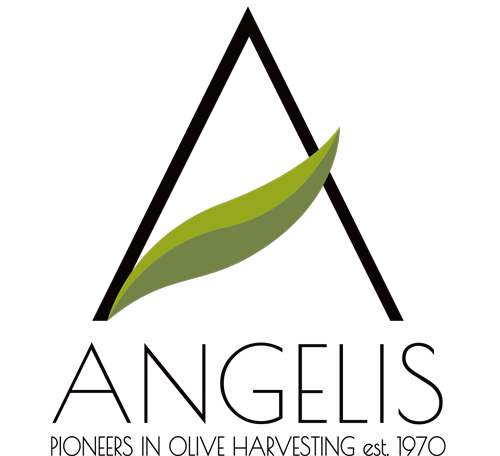
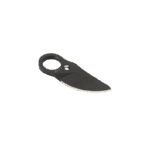 Pruning Machine Spare Parts
Pruning Machine Spare Parts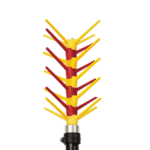 Spare parts Koupepe
Spare parts Koupepe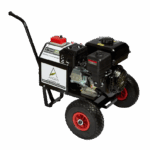 Wheeled Generator Spare Parts
Wheeled Generator Spare Parts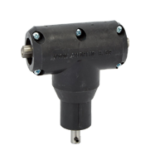 Spare parts Asteras
Spare parts Asteras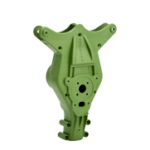 Spare parts Amolivo
Spare parts Amolivo